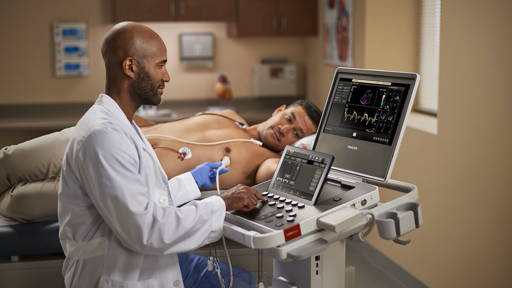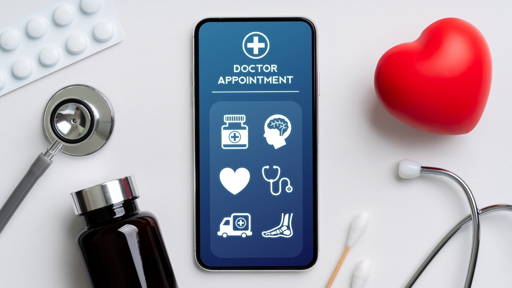Few technologies have telehealth’s potential to transform healthcare – for both physicians and the publics they serve. Telehealth can bring healthcare within the reach of more people, allow care to be delivered quickly across distances, and enable more healthcare professionals to deliver the right care to the right patient at the right time.
The Future Health Index (FHI) report uses data and interviews with leaders that are making value-based care happen around the world to produce practical insights that healthcare leaders in any market can apply to accelerate greater telehealth adoption.
Less than half of radiologists use connected care technologies in their practiceThe report looks at the barriers that stand in the way of telehealth being implemented at the scale necessary to achieve real change, and provides recommendations for how they can be overcome. It focuses on four main areas, where telehealth arguably also shows the most promising early progress. Teleradiology, the transmission of radiological patient images between locations, and telepathology, the transfer of pathology data to facilitate diagnosis and research, are prime examples of the benefits telehealth can bring to clinician-to-clinician work. The tele-intensive care unit is improving response times and transforming patient monitoring for healthcare professionals. And in general practice, telehealth could consign long-distance travel and unnecessary appointments to the past. Future Health Index 2018 offers four general recommendations to drive greater telehealth adoption and deliver value-based care more widely:








